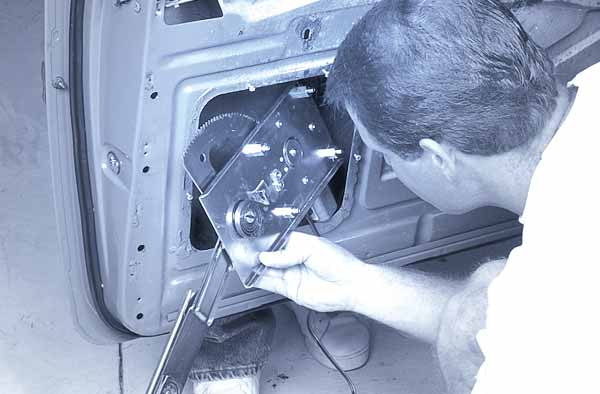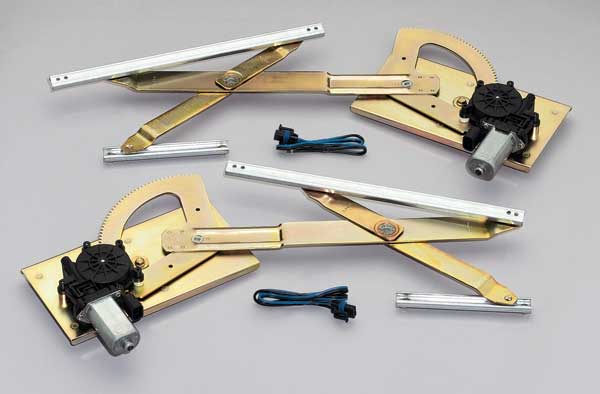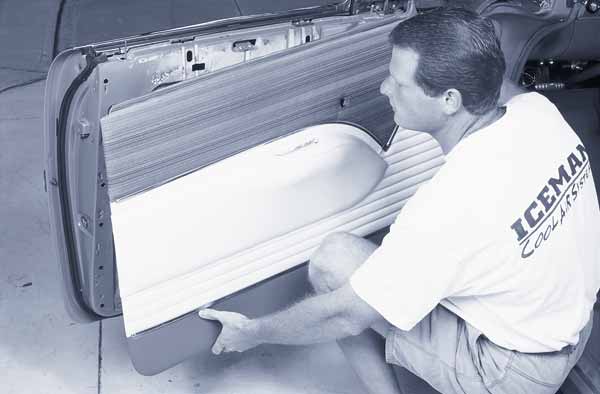Call us soft, call us lazy, but we like power stuff on our cars. We can’t think of any sane reason to use old-fashioned cranks and handles when there are kits on the market that let you open doors, roll down windows, and pop open trunks at the touch of a button.
Electric-Life, for example, makes power window conversions for 1950s and ’60s cars, popular 1970s and ’80s trucks, and street rods. The theory sounds simple—take out the old mechanical window guts, install Electric-Life’s new regulators, hook up some buttons and wires, and voilà—power windows.
We decided to test that theory by installing an Electric-Life kit in a 1955 Bel-Air. The conversion is not difficult, but you do need to exercise some patience getting the old mechanisms out and routing the wiring. But the effort will be worth it the first time you press that button and the windows magically glide up and down.
[important]
Parts List
Electric-Life Power Window Kit for 1955-57 Chevy, front windows
Electric-Life Power Window Kit for 1955-57 Chevy, rear windows
Electric-Life GM Style Chrome Switch Kit
[/important]





















I have just visited this website you have posted very nice tutorial which i like reading enablecookieswindows10.com i have visited many website unable to find such quality content.i have the websites read more a nice article.
[…] http://www.onallcylinders.com size: 600px x394px […]